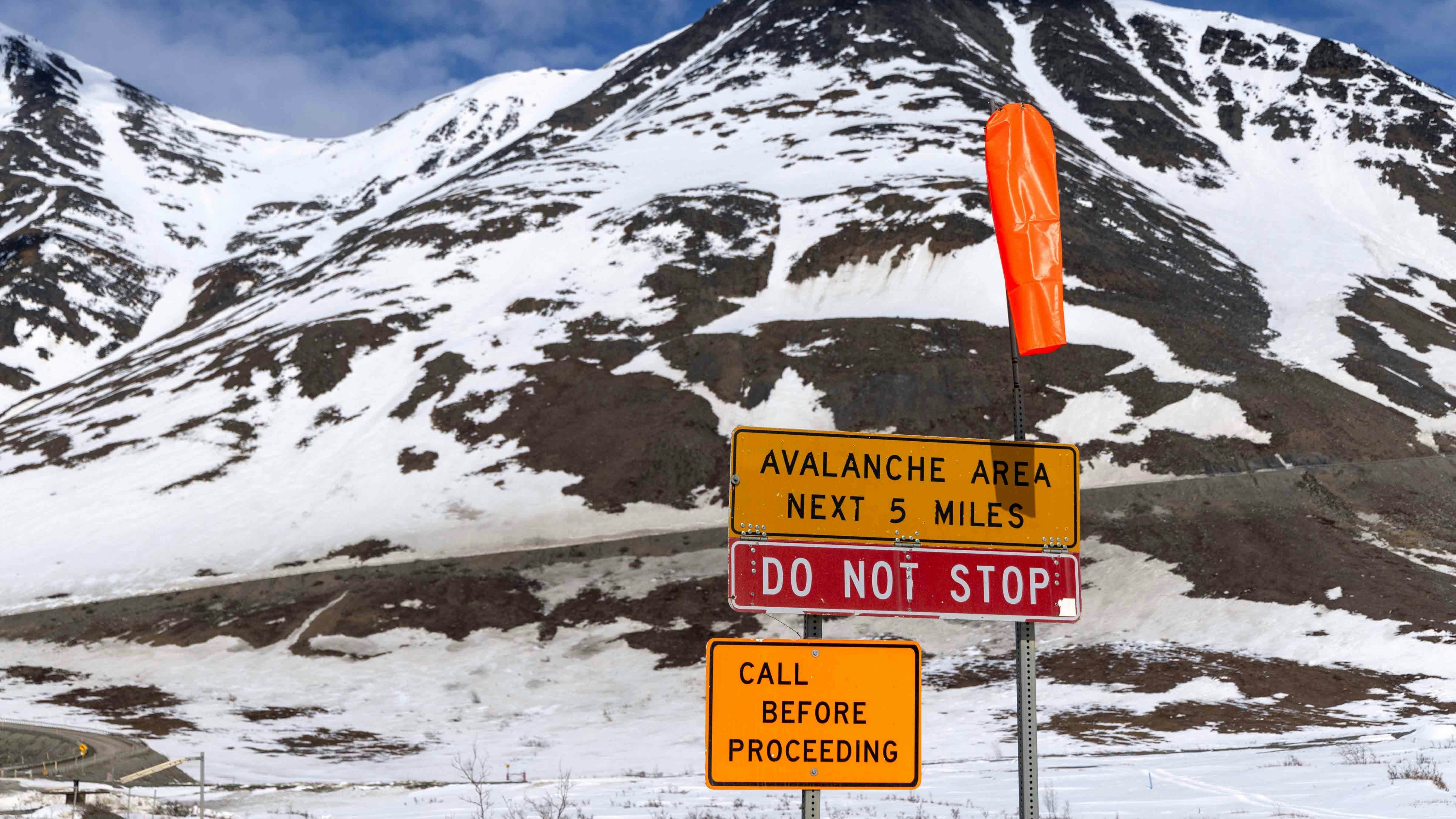Pelicans were gobbling so many trout at a prized private lake west of Laramie, Wyoming, it was ruining the fishing, so members of the club that owns the lake took up shotguns to scare, or in some cases kill, the huge birds.
Before any other frustrated Wyoming anglers think about blasting at pelicans, don’t. They’re federally protected and may not be hazed or killed without a special permit.
Pelicans To Blame
The trout fishing at 9-Mile Lake west of Laramie, exclusive to the Alco Rod and Gun Club, has a stellar reputation.
The club has a lot invested in the quantity of its trophy-sized fish, so when the quality of angling started to wane, it was a real concern, club President Mark Rozman told Cowboy State Daily.
“Over the last few years, the fishing has declined, and a lot of the members have been complaining,” he said.
At first, it wasn’t clear why the fishing wasn’t so great anymore. But then Rozman read a study that the U.S. Fish and Wildlife Service had done in Idaho that established a direct connection between the number of pelicans and the number of fish.
There were lots of pelicans at 9-Mile and an adjacent lake that the club owns. Hundreds of them, in fact.
And with each bird capable of gobbling at least a trophy-sized trout or two per day, it became clear why the fishing hadn’t been so great.
Stubborn Birds
Rozman reached out to the USFWS and Albany County predator damage control board for help. But proving that the club was suffering from pelican predation would be difficult.
“We have tons and tons of pelicans, and they’re eating all of our fish,” he said. “A rancher will see a carcass when a predator attacks their livestock, and a farmer can show torn-up fields. When the pelicans eat our fish, all they leave is pelican poop, so it’s harder to show proof of the loss.”
A county predator damage agent agreed to come out and have Rozman show him around.
After a searching for a while, they found a gob of pelicans, perhaps 250, resting on one of the lakes.
“He shoots up into the air a couple of times, this is with a 12- gauge shotgun, and we’re maybe 20 yards away. And it woke a couple of them up, but they went back to just snoozing or regurgitating their lunch or whatever,” Rozman said. “They weren’t fazed.”
The agent, who’s authorized to kill pelicans if needed, shot a couple of the birds.
“Finally, the whole flock takes to the sky. They fly about five or six hundred yards to the other side of the lake and land again,” Rozman said.
“He said, ‘These birds really are stubborn.’ And I replied, ‘This place is like a big Happy Meal for them. That’s why they’re here,’’’ Rozman said.
Driving Them Off
With the county predator management board’s backing, the rod and gun club was able to secure some federal permits that allow Rozeman and another members to patrol the lakes with shotguns.
They prefer to scare the pelicans away by blasting away near them but not trying to hit the birds. But they’ll occasionally shoot to kill.
He wouldn’t disclose the exact number of pelicans the club is authorized to kill, only that it’s “less than 100.”
When they recover carcasses, it’s evident that the pelicans have been eating well.
“When we went to pick a couple of them up, they barfed out 16- to 18-inch trout,” he said.
The thought of shooting pelicans might not sit well with everyone, but Rozman said it isn’t a free-for-all killing spree, and they won’t take any shots they think won’t be a slam-dunk for quick, humane kill.
“If we get reckless or stupid with that permit, we’ll get it revoked,” he said.
“We’re doing predation control work, and some people get upset. But when they realize we’re doing it for the fish, they understand,” Rozman added.
A Feast At Fontenelle?
Given the effect that pelicans had at 9-Mile Lake, Rozman said he wonders how they’re affecting other Wyoming fisheries.
He’s frequently hunted in the La Barge area and noticed that pelicans flock to the nearby Fontenelle Reservoir.
La Barge local and avid angler Mike Schmid told Cowboy State Daily that he’s seen lots of pelicans at Fontenelle, and he hopes they aren’t eating too many of the fish.
They like to snarf down all sorts of critters, Schmid said.
“I know the pelican’s main diet is fish, but like the great blue heron, they eat crayfish, small reptiles and will even eat rodents and baby birds,” he said.
“I have seen the pelicans on Fontenelle cruising the cliffs waiting for the young cliff swallows to tumble out of their nest. I have never seen one eat one, yet,” he added.
Pelicans apparently have a fondness for Fontenelle, which is concerning, Schmid said.
“We have a growing population of them here on Fontenelle, so based on that I believe they devour quite a few of our fish. They seem to like the edges, so I am hoping a lot of those fish are carp,” he said.
Schmid said he hasn’t seen any pelicans nesting around Fontenelle, so that’s left him perplexed over why their numbers are apparently growing.
Rozman said that according to what he’s read about pelicans, they nest only on islands. They also migrate great distances as the seasons change, so they could be nesting elsewhere.
He added that the fishing at 9-Mile seems to be improving again. Although he wants far fewer pelicans there, he doesn’t want them all gone.
“They are fascinating birds,” he said. “Our goal isn’t to eradicate them. We just want to control the numbers.”
Mark Heinz can be reached at mark@cowboystatedaily.com.





